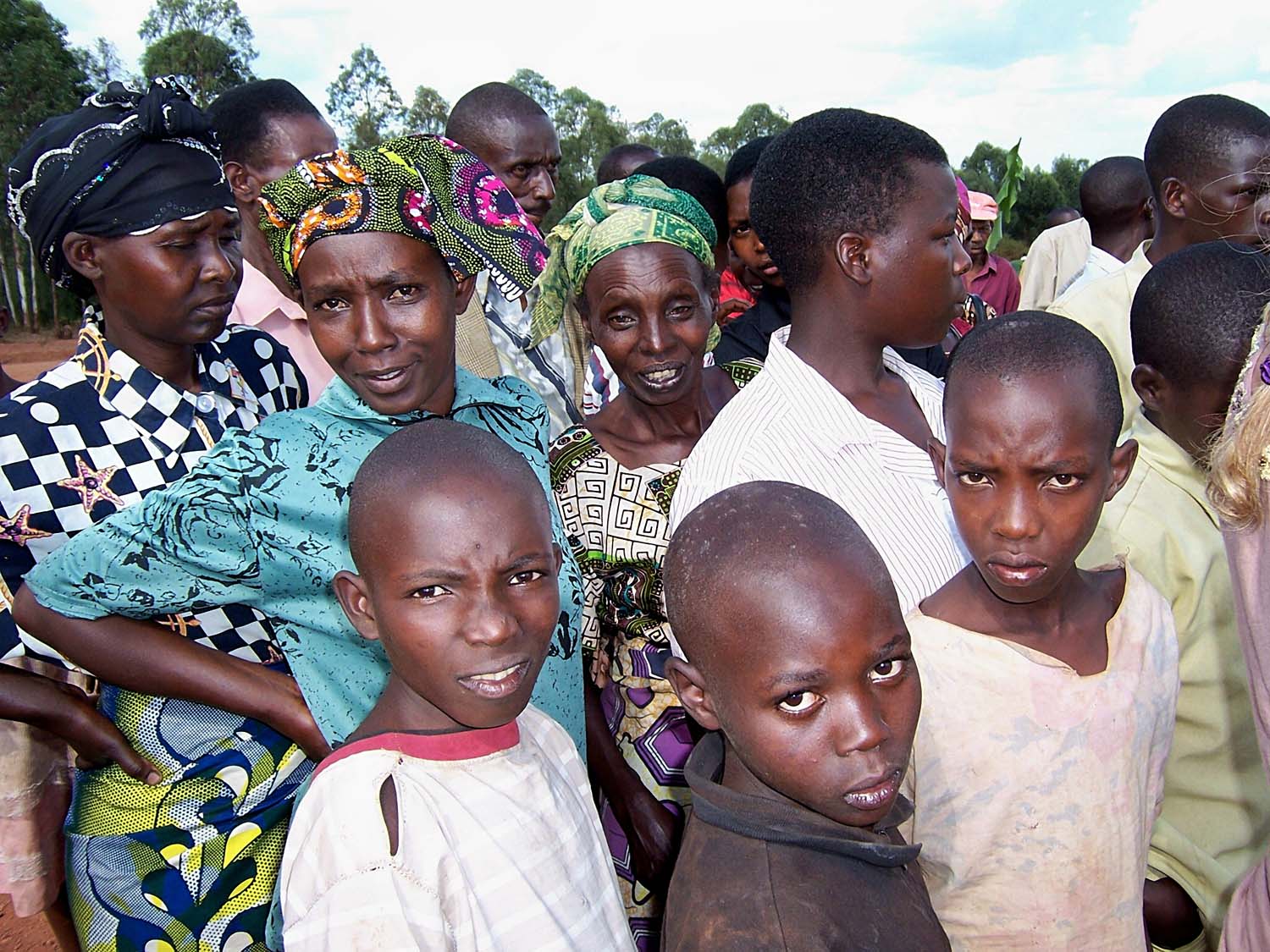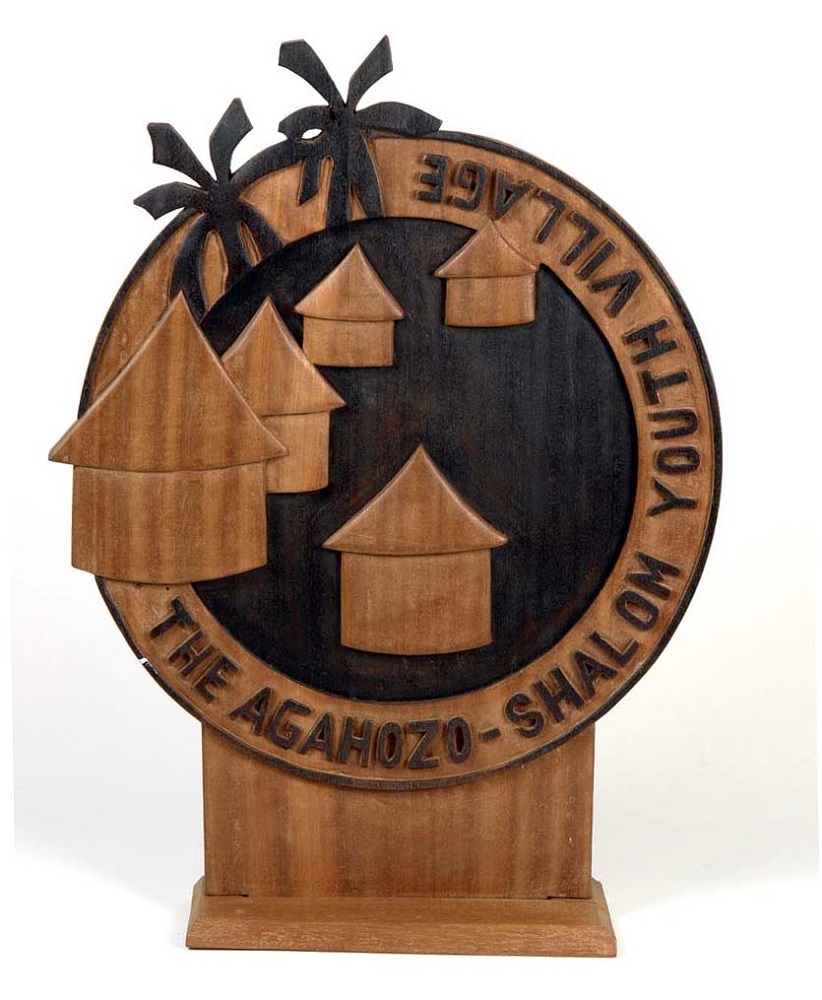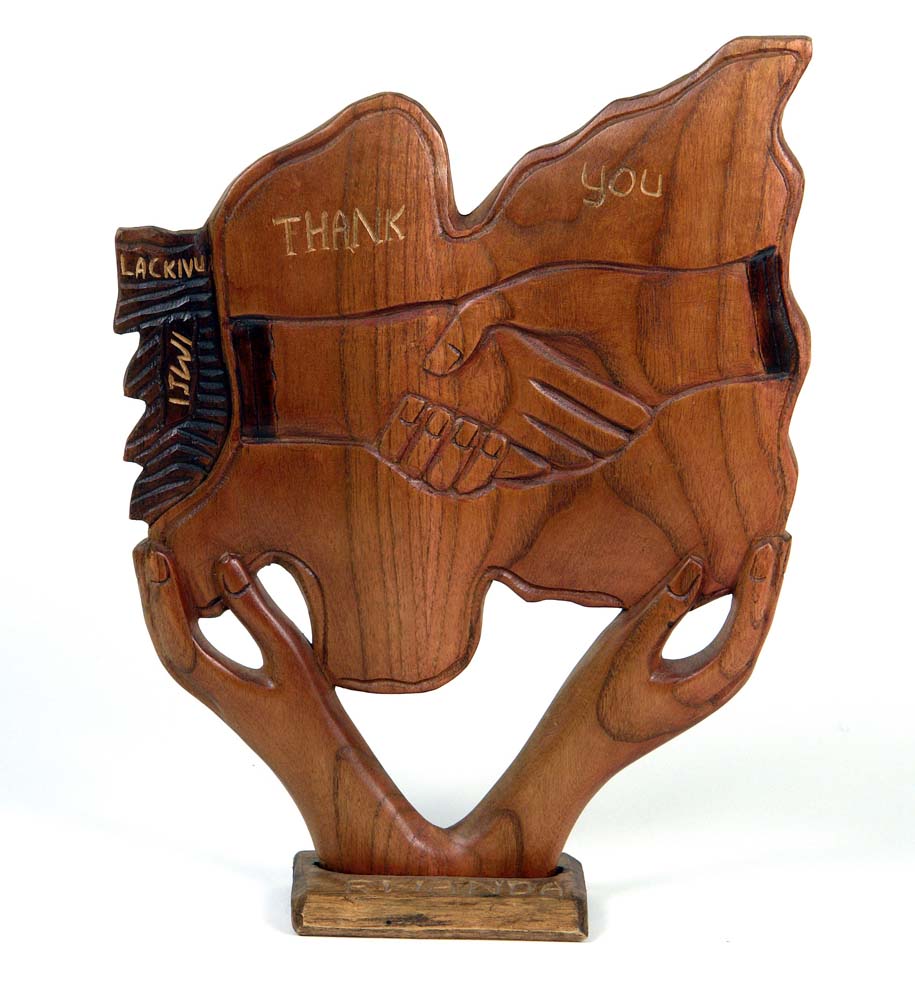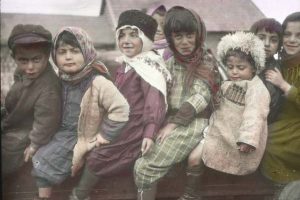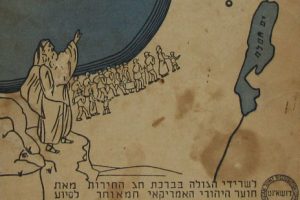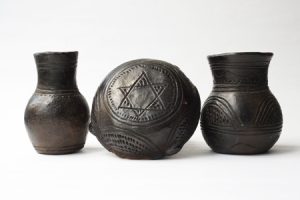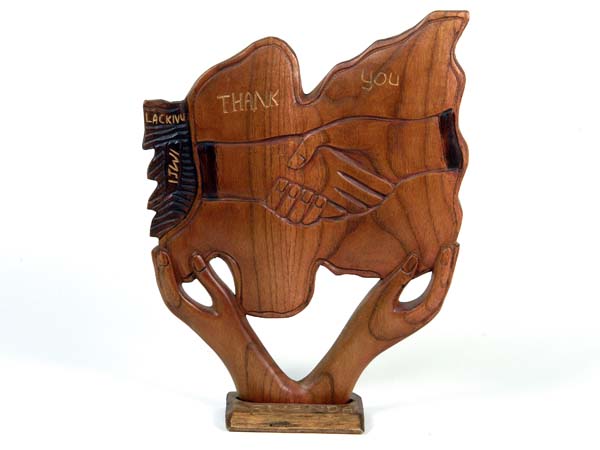
Lending a Helping Hand
Wooden signs pay tribute to JDC’s efforts to help heal Rwandan youth
Nestled in Rwanda’s lush green landscape of the Eastern Province, overlooking Lake Mugesera, sits the Agahozo Shalom Youth Village (ASYV), home to orphaned and traumatized adolescents. Opened in 2008 with help from the JDC, it has become a blossoming village, complete with group homes, a high school, science and computer labs, land for organic farming, counseling and medical facilities, and recreational fields. In gratitude for JDC’s efforts in helping to build the village, two wooden signs were presented to the organization in 2009. These sculptures now live in the JDC Archives, commemorating the village’s existence and honoring its legacy.
When genocide struck in Rwanda in 1994, thousands of children were left without parents and extended family. Their plight mirrored the situation that existed in Israel following World War II, when an influx of Jewish orphans from Europe arrived in the new country. Agahozo Shalom founder Anne Heyman was struck by this similarity, so she partnered with JDC to learn more about how Israel dealt with this sociological dilemma. Her questions were answered in the model of the Yemin Orde residential youth village, which was set up to care for children in the aftermath of the Holocaust. This model was adapted to assist underserved populations and new immigrant groups in later years. Situated in the Carmel Valley and overlooking the Mediterranean, lakes and mountains can be seen as far as the eye can see. This vast terrain was important in choosing a site for the village, as it spoke to Yemin Orde’s philosophy: see far to go far in life. Agahozo Shalom echoes the same principles established at Yemin Orde of healing or repair (tikkun in Hebrew). This philosophy is built into the pedagogy, by which counseling and extracurricular activities facilitate the healing of the heart (tikkun halev). Young people are assisted by “house mothers,” many of whom lost family members in the genocide, mental health counselors, teachers and volunteers who all work together in the healing process. There is also an emphasis on social service projects, which teach youth to heal the world by helping others (tikkun olam).
JDC had a hand in purchasing the land, acting as fiduciary, and planning the school’s curriculum. And, after five years, stepped back to allow Agahozo Shalom to become self-sustaining, a guiding principle of JDC’s work. As a token of thanks for JDC’s assistance, Anne Heyman presented two wooden signs to Dr. William Recant, JDC’s Assistant Executive Vice President, during JDC Board missions in 2009. Produced in Rwanda from local wood, the signs ultimately symbolize friendship between Rwanda and Israel, whose homegrown model helped revolutionize the village.
The materiality of the gifts is significant, as is their imagery. Malleable yet durable, the wood can be compared to the children of the village, who, though scarred by war, are strong enough to move forward with rehabilitation. Additionally, since the village’s location was chosen purposefully, built to be immersed in nature, the wood calls to mind this natural setting. In fact, both signs pay homage to the village’s backdrop. One sign features the ASYV logo; several huts erected under the shade of palm trees, a dwelling protected from the elements organically. The other sign displays a handshake held up by another pair of hands, superimposed over the island of Idjwi situated on Lake Kivu, which is cradled by Goma, Zaire, Rwanda, and the Democratic Republic of the Congo. Engraved with the topography of the village, the signs memorialize the environment where the healing occurs. However, the dual sets of hands on the second sign appear to say that this renewal spans both geographical continents and generations. While the initial handshake illustrates the partnership between Israel and Rwanda, this exchange is only possible because of the supporting hands that raise them up. These hands immortalize the individuals that came before; the lives that were lifted thanks to a secure and healing environment and whose memory are now working to do the same for others. The inclusion of the signs in the JDC Archives is emblematic of the diversity of the collection not just in materiality but also geography and type of assistance.
For a sampling of objects in the JDC Archives Artifacts and Ephemera Collection, view our online exhibit JDC Artifacts through the Years.
